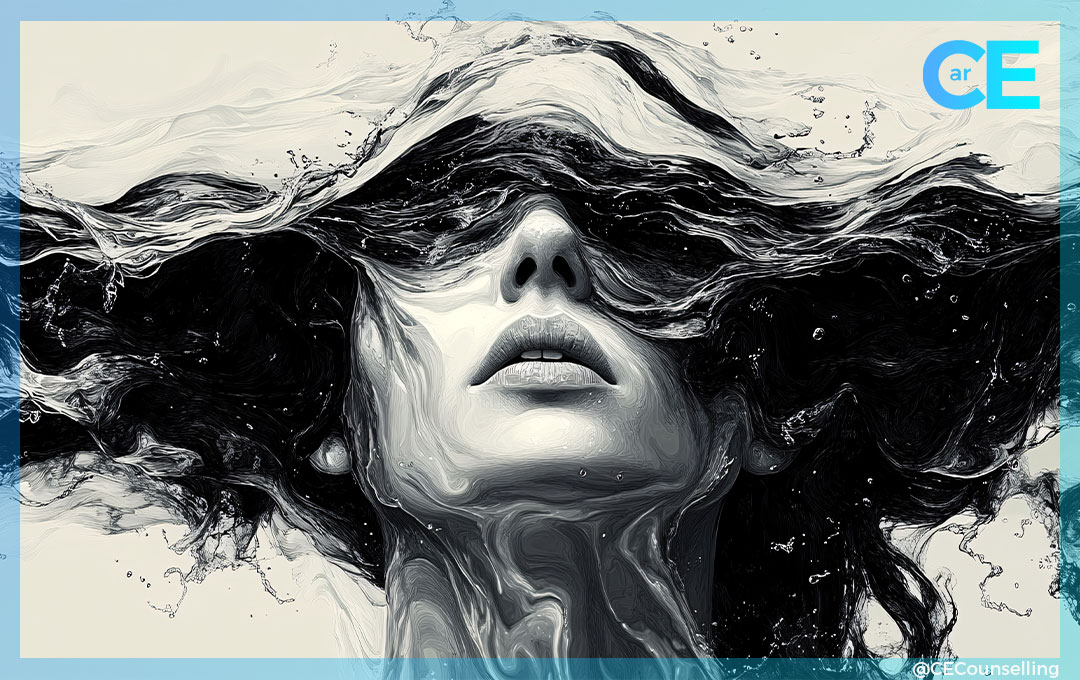Using the Dive Response to Regulate Emotions
Have you ever splashed water on your face to settle your nerves? That instinctive action taps into the Dive Response. When you put your face into water, it triggers this natural reflex, helping your body reset and manage your emotions.
What is the Dive Response?
The Dive Response, also called the mammalian dive reflex, is an automatic physiological reaction that happens when your face contacts water. It involves a set of autonomic nervous system responses aimed at conserving oxygen and keeping your vital organs safe during submersion. Although it’s well-known in diving mammals and human breath-holding, recent research indicates it might also be a powerful tool for emotional regulation.
Understanding the Dive Response
This reflex brings about three main changes in your body:
- Bradycardia – your heart slows down
- Peripheral vasoconstriction – blood vessels in your extremities tighten
- Apnea – a pause in breathing
These reactions work together to save oxygen for organs like your brain and heart. When water touches your face, it activates the trigeminal nerve, which sends signals to your brainstem to automatically kick in these responses.
The Connection Between the Dive Response and Emotions
Studies show that activating the dive response can influence your emotional state in multiple ways:
- Reducing Stress and Anxiety:
The calming effects of slowing your heart and controlling your breath mimic meditation. Using controlled breath-holding exercises can help you feel more relaxed, lowering stress hormones like cortisol. - Balancing Your Nervous System:
The dive reflex stimulates your parasympathetic nervous system, the part that promotes rest and recovery. Regular practice, like underwater breathing (meaning breath-holding, free diving, or specific breathing techniques) or face immersion, can build emotional resilience and help manage mood swings. - Boosting Focus and Mindfulness:
The intense concentration required during breath-holding can create a meditative state. This heightened awareness can break negative thought cycles, supporting emotional stability.
Therapeutic Possibilities
More and more, professionals are exploring how to use the dive response for emotional health. Techniques such as static apnea or simply immersing your face in water are being looked at as safe, non-invasive ways to ease anxiety, PTSD, and mood issues. These methods harness your body’s natural responses to cultivate calm and emotional balance.
In Summary
The mammalian dive reflex isn’t just a survival tool for underwater adventures, it is a promising method for emotional regulation, helping reduce stress, clear your mind, and build resilience. As science advances, incorporating dive response techniques into mindfulness and therapy could become a valuable part of emotional wellness strategies.
This blog was collated from internet sources for information by a counsellor in Fleet, Hampshire – Caroline at Caroline Ellison Counselling – this is my experience and these are my opinions. Carpe Diem.



